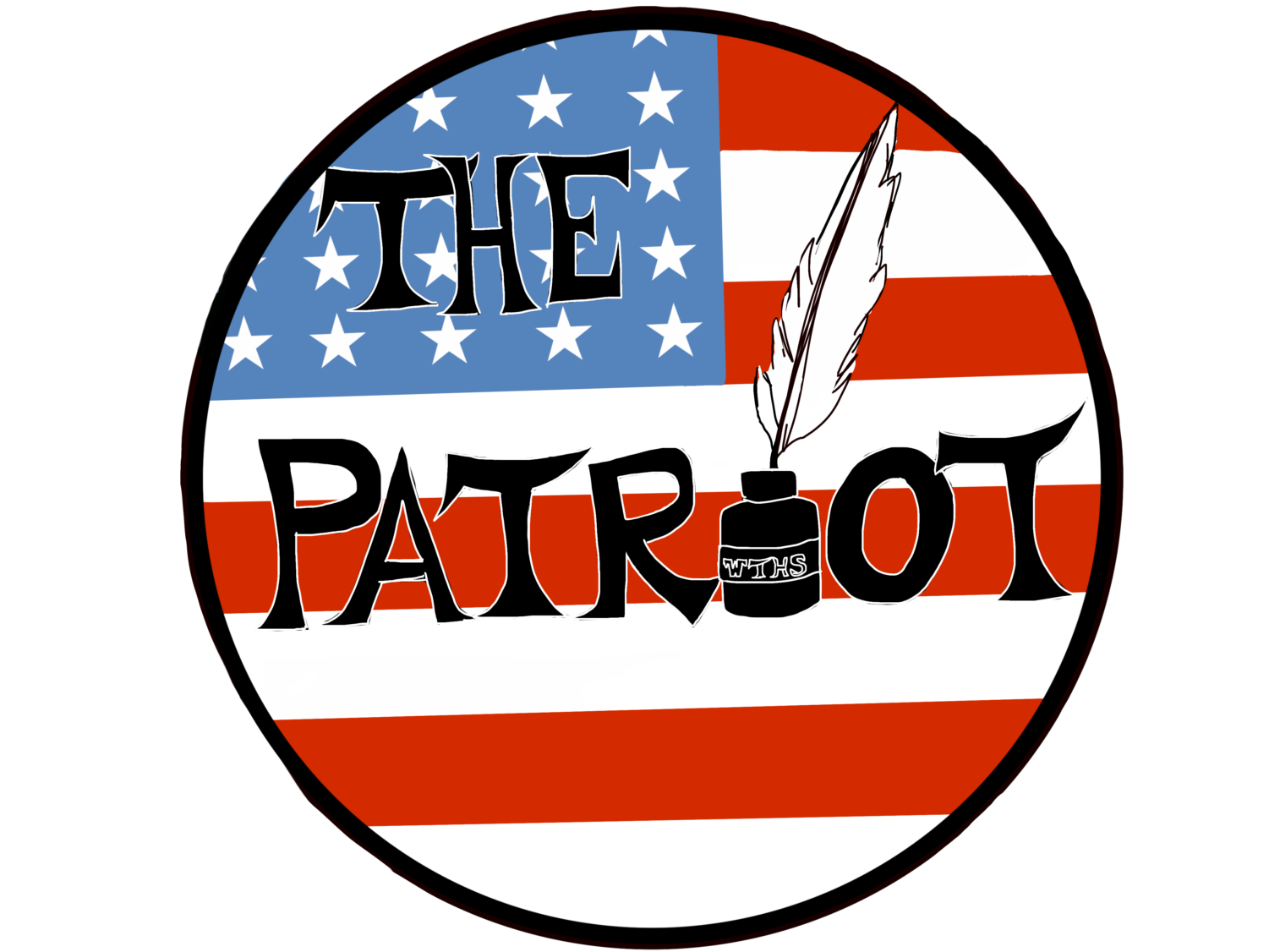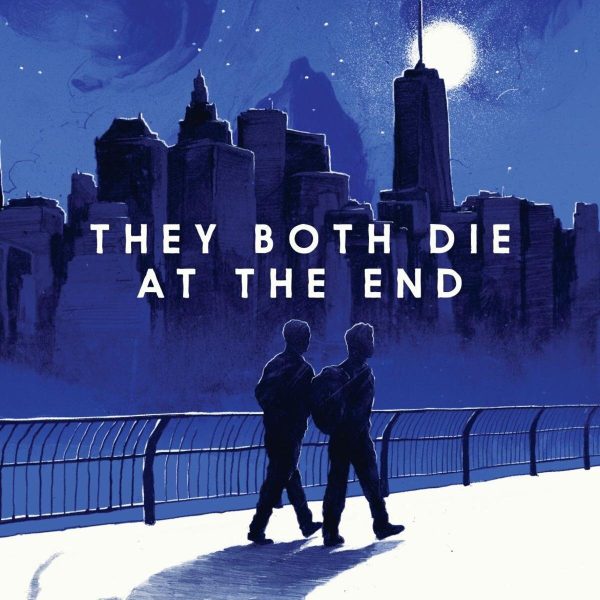Watch out for Watchmen
Written 11/26/14
It’s 1985, and costumed heroes are not limited to the pages of comic books – they’re alive and real, integrated into American society.
Watchmen follows five of these vigilantes, both retired and still fighting, even after the government crack-down on superheroes. They’re begrudgingly reunited after one of their former friends, also a superhero, is mysteriously murdered.
Tensions are high as the group seeks answers to their former colleagues death, trudge through their own personal struggles, and the country gradually comes closer and closer to nuclear war with the Soviet Union.
There is little time to spare, and suddenly everyone is a target.
Watchmen is a comic book series written by Alan Moore and illustrated by David Gibbons. It ran from 1986 to 1987, the twelve issues eventually being compiled into one graphic novel.
The comic features a complex, symbolism heavy plot that exposes the best and worst aspects of human nature, while still weaving a compelling story. Our five main characters, excluding one, don’t even possess any kind of special powers – they’re normal human beings, facing regrets and anxieties that are artfully explored in both the writing and illustrations of the book.
The one character who does possess a superpower is cursed by it – ostracized and vilified, made a pariah by nearly everyone, including those he once loved.
When first reading Watchmen, it seems as though all the typically bland superhero comic tropes are present – the handsome hero, the corrupt villain, the damsel in distress. But the story quickly breaks down those archetypes, showing that nothing is as it seems, and the ones we trust the most may be our demise in the end.
Watchmen was adapted into a movie by the same name in 2009. The film is relatively good as a stand-alone project, surprisingly not making action and drama its focus point. The characters are well-casted, and the dialogue is believable. However, it fails to live up to the comic, simply not capturing the depth and social commentary of it.





